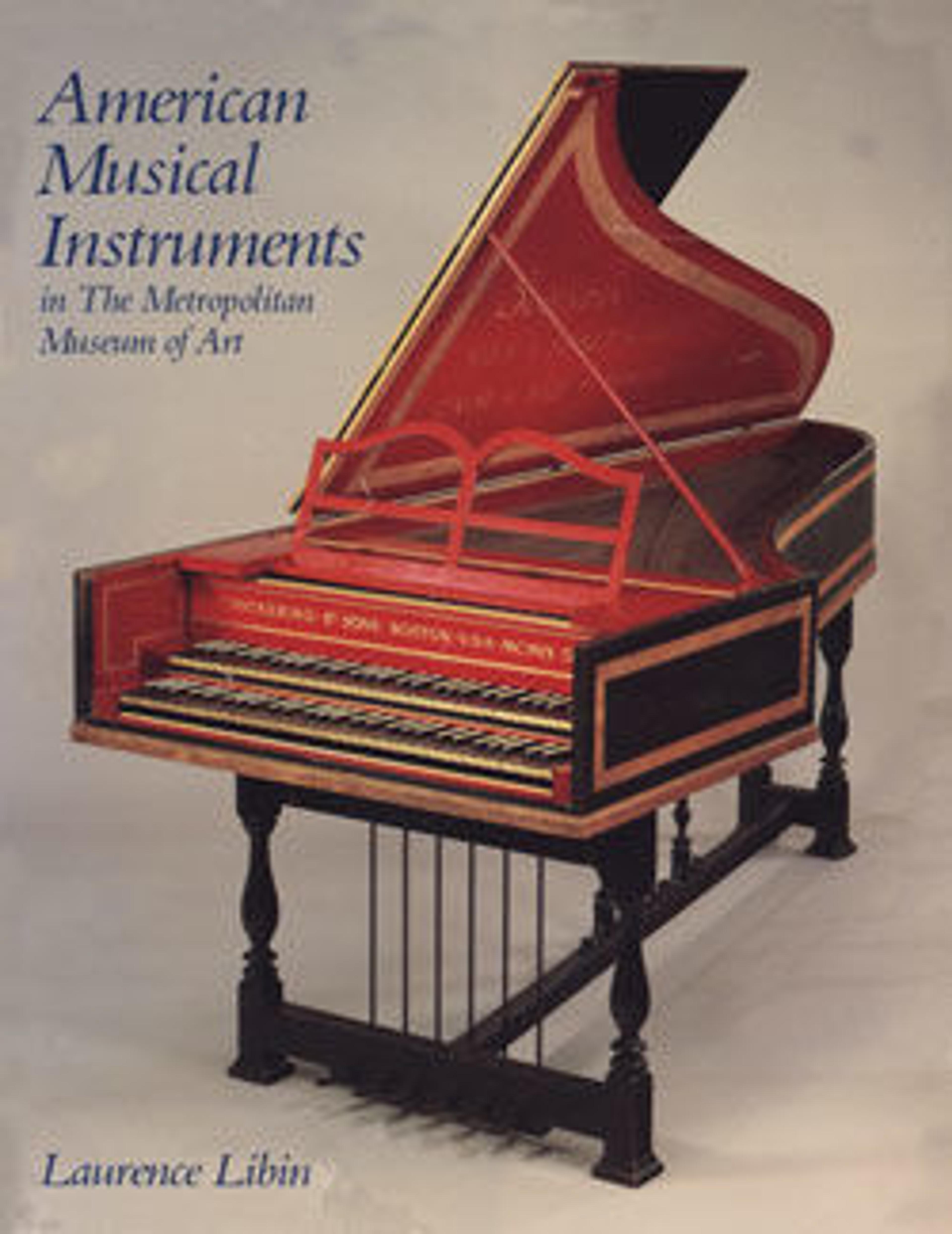Bassoon in C
This bassoon is built in the typical four sections: bell, long or bass, butt, and wing. The instrument has four brass keys (one of which is missing), mounted in brass saddles, and four brass rings and a brass crook. This instrument is one of the earliest bassoons made in North America known to survive.
John Meacham was one of the earliest musical instrument makers native to the United States, having been born in Enfield, Connecticut, in 1785. He began manufacturing instruments in about 1810 in Albany, New York. His brother Horace joined him in 1813. The Meachams also sold hardware and military goods. The company became Meacham and Pond in 1828 when the brothers partnered with Sylvanus Pond.
John Meacham was one of the earliest musical instrument makers native to the United States, having been born in Enfield, Connecticut, in 1785. He began manufacturing instruments in about 1810 in Albany, New York. His brother Horace joined him in 1813. The Meachams also sold hardware and military goods. The company became Meacham and Pond in 1828 when the brothers partnered with Sylvanus Pond.
Artwork Details
- Title:Bassoon in C
- Maker:John Meacham (American, Enfield, Connecticut 1785–1844 Albany, New York)
- Date:ca. 1811
- Geography:Albany, New York, United States
- Culture:American
- Medium:Wood, brass
- Dimensions:Length 121.8 cm
- Classification:Aerophone-Reed Vibrated-double reed
- Credit Line:The Crosby Brown Collection of Musical Instruments, 1889
- Object Number:89.4.884
- Curatorial Department: Musical Instruments
More Artwork
Research Resources
The Met provides unparalleled resources for research and welcomes an international community of students and scholars. The Met's Open Access API is where creators and researchers can connect to the The Met collection. Open Access data and public domain images are available for unrestricted commercial and noncommercial use without permission or fee.
To request images under copyright and other restrictions, please use this Image Request form.
Feedback
We continue to research and examine historical and cultural context for objects in The Met collection. If you have comments or questions about this object record, please contact us using the form below. The Museum looks forward to receiving your comments.
